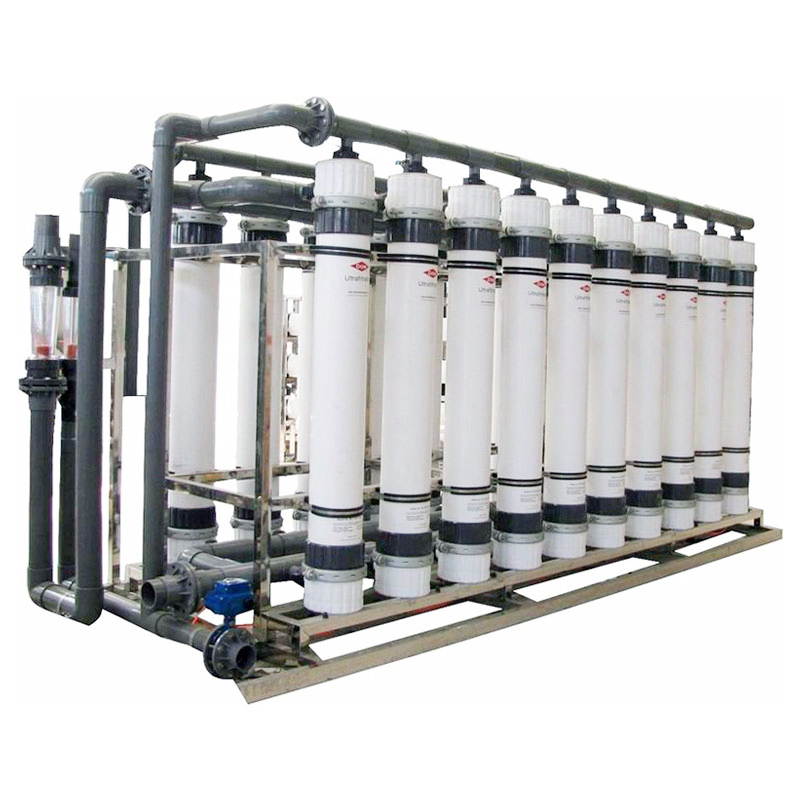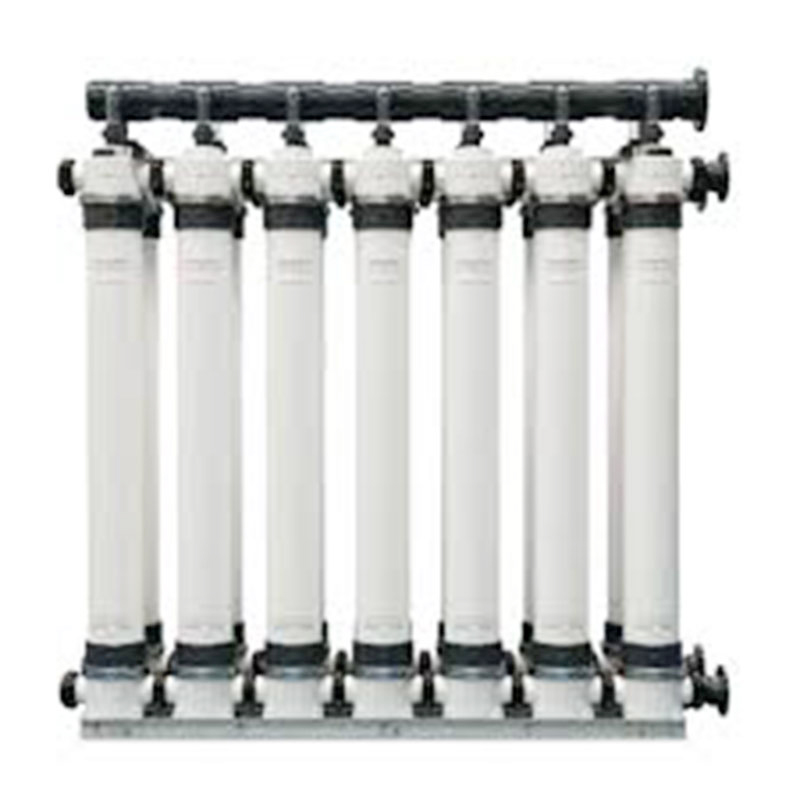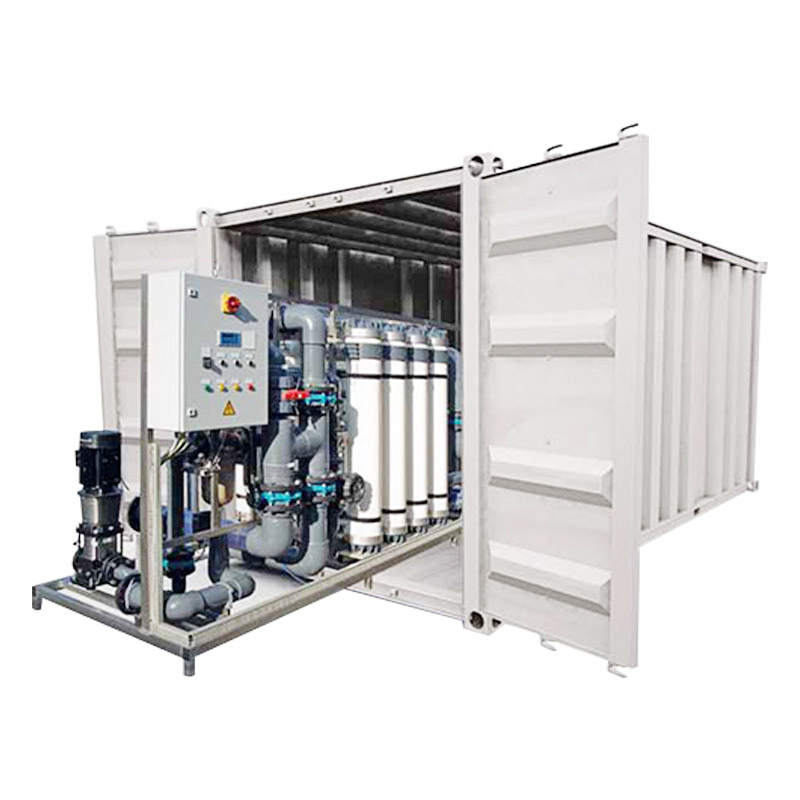


Ultrafiltration Water Treatment
Ultrafiltration Water Treatment (UF) is a water purification process in which water is forced through a semipermeable membrane. Suspended solids and high-molecular-weight solutes remain on one side of the membrane, the retentate side, while water and low-molecular-weight solutes filter through the membrane to the permeate side.
UF can remove most organic molecules and viruses, as well as a range of salts. It has gained popularity because it produces stable water quality no matter the source water, has a compact physical footprint, removes 90-100% of pathogens, and does not require chemicals, except for cleaning membranes.
UF was first described at the end of the 19th century, but the practical start of ultrafiltration as a separation process came in 1963, coming on the heels of the discovery of the asymmetric cellulose acetate reverse osmosis membrane in the 1950s, and MIT’s discovery of polyelectrolyte complex hydrogels at the beginning of the 1960s.
Ultrafiltration Water Treatment (UF) is a water purification process in which water is forced through a semipermeable membrane. Suspended solids and high-molecular-weight solutes remain on one side of the membrane, the retentate side, while water and low-molecular-weight solutes filter through the membrane to the permeate side.
UF can remove most organic molecules and viruses, as well as a range of salts. It has gained popularity because it produces stable water quality no matter the source water, has a compact physical footprint, removes 90-100% of pathogens, and does not require chemicals, except for cleaning membranes.
UF was first described at the end of the 19th century, but the practical start of ultrafiltration as a separation process came in 1963, coming on the heels of the discovery of the asymmetric cellulose acetate reverse osmosis membrane in the 1950s, and MIT’s discovery of polyelectrolyte complex hydrogels at the beginning of the 1960s.








